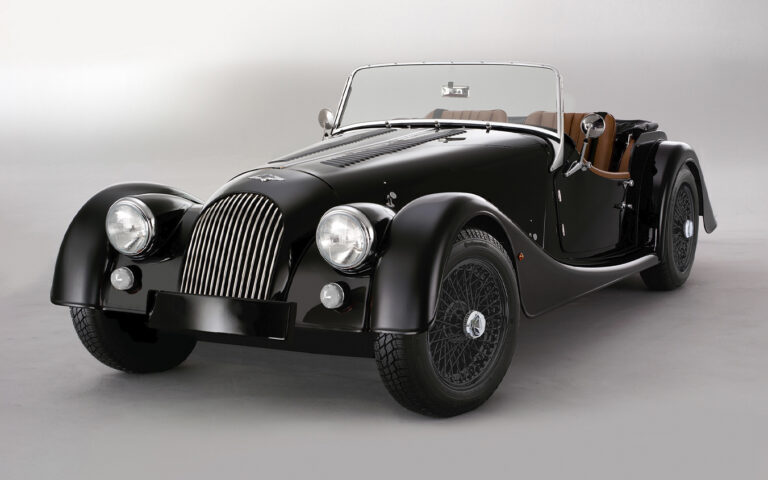Avions Voisin The Rarest Brands in the Top 100 Collections
17 February 2023 3 min read 9 images

If the University of the Automobile existed, one of the most important exams would be the one on the French automobile. In particular on a brand that very few remember but one that nevertheless managed to bring a series of technical and stylistic innovations to the market that no other manufacturer had the courage to propose. These are the cars of Avions Voisin, a French luxury automobile brand established after the end of the First World War by the company owned by the Voisin brothers who produced and sold combat aircraft during the conflict.
Register to unlock this article
Signing up is free and gives you access to hundreds of articles and additional benefits. See what’s included in your free membership. See what's included in your free membership.
Already have an account? Log In



